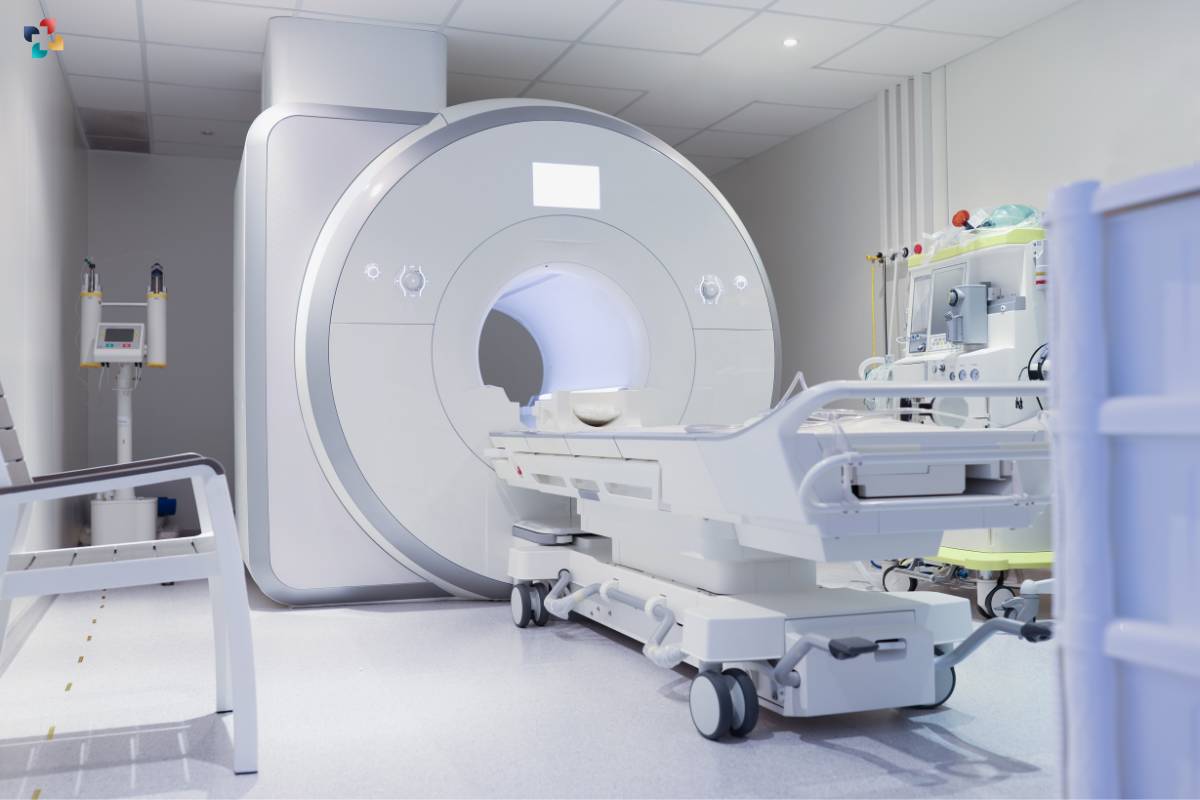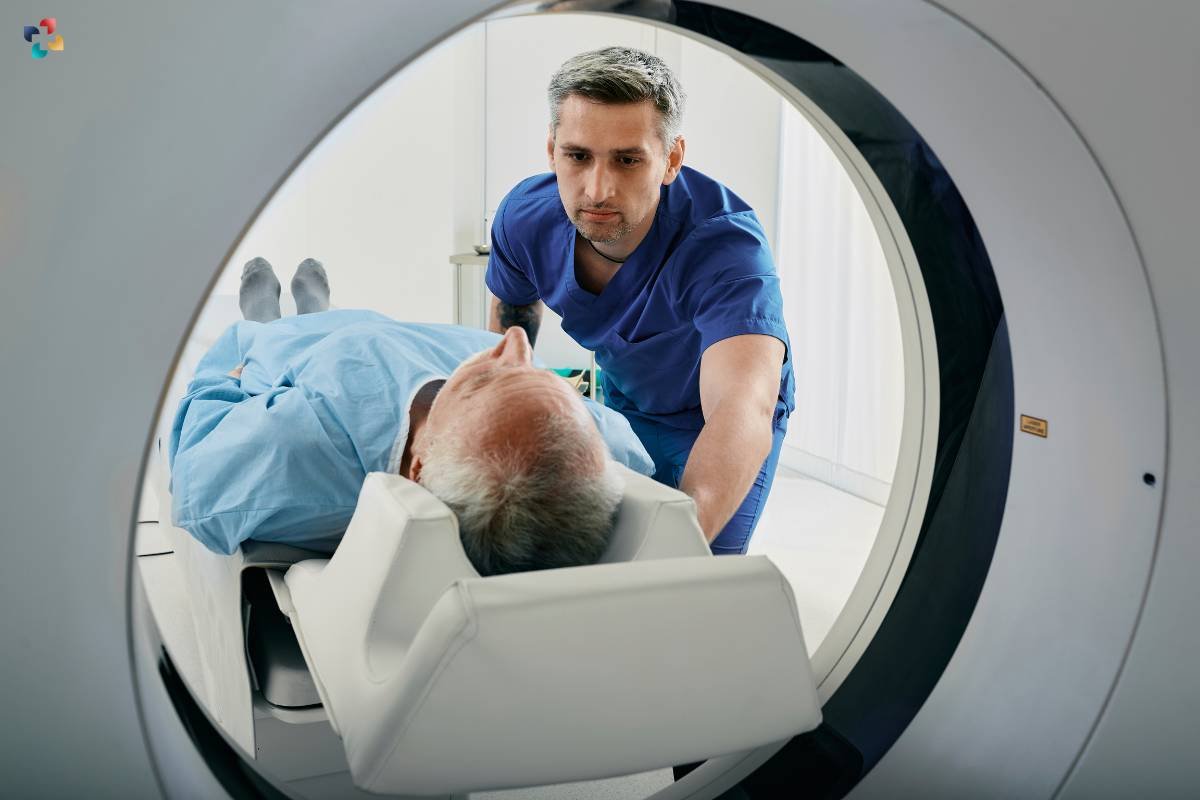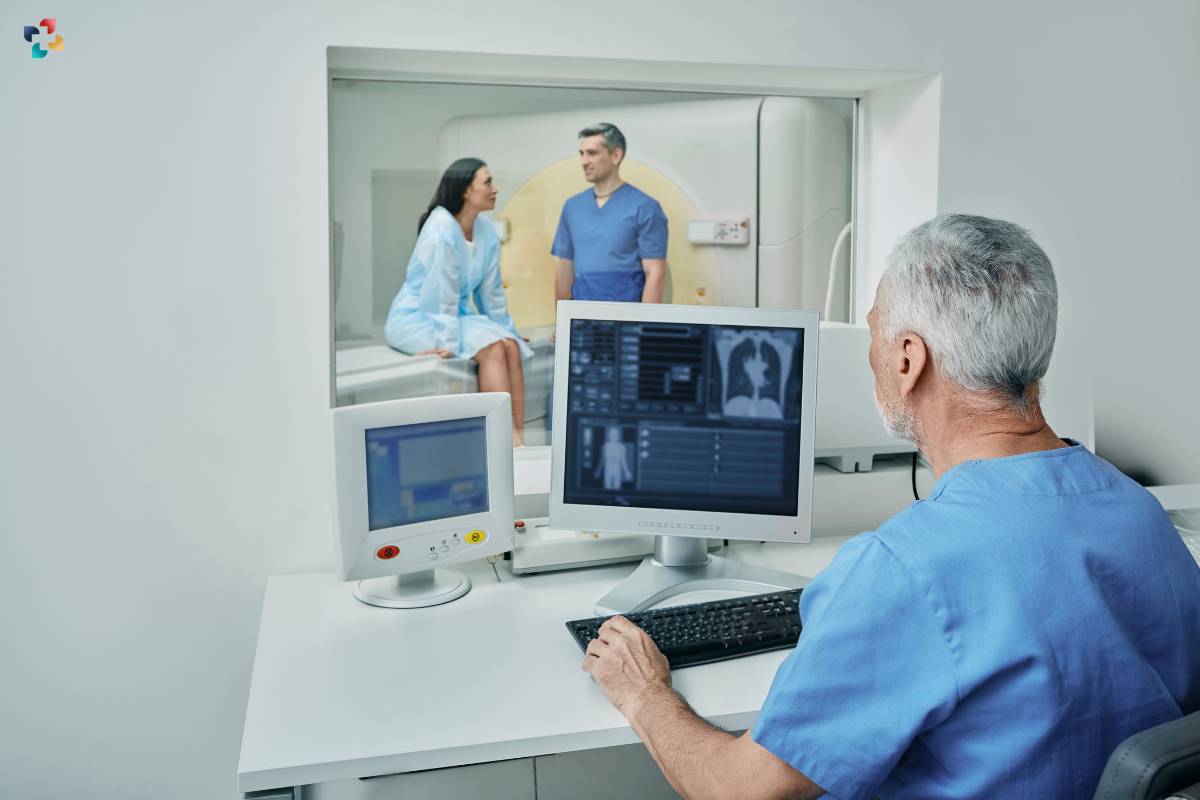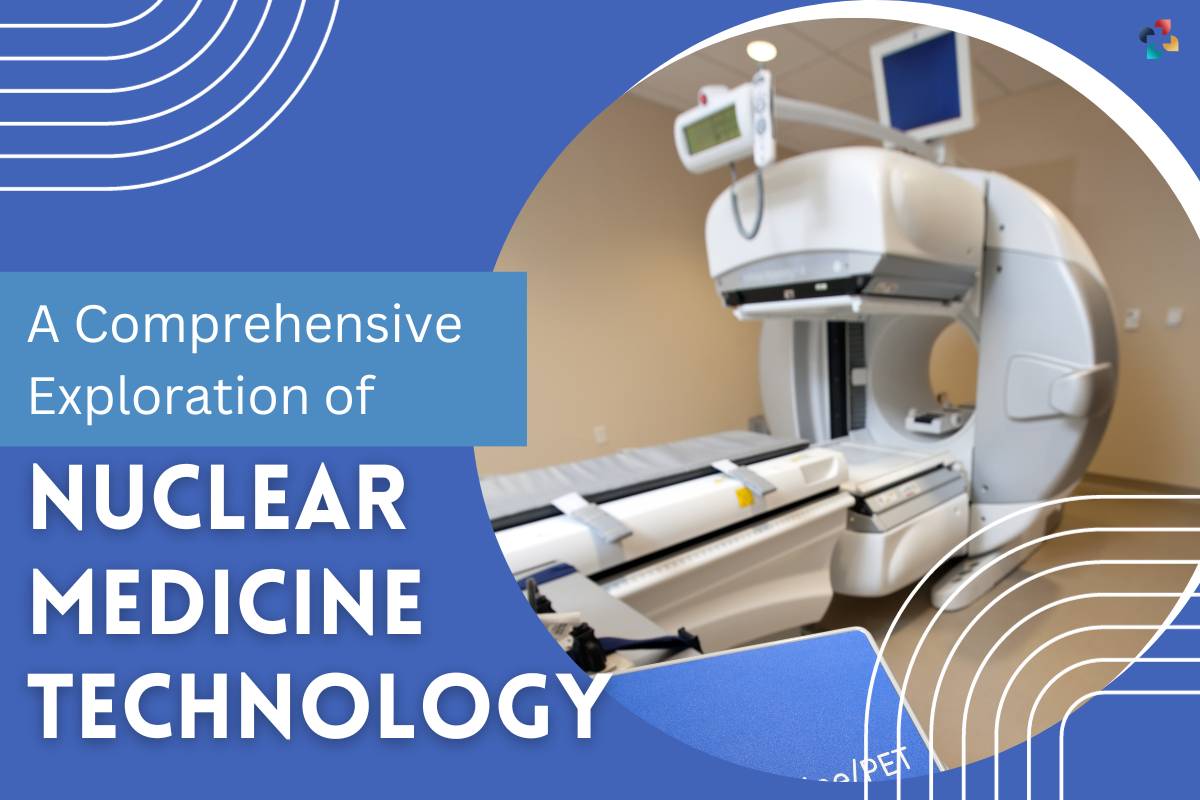Technological developments in the field of medical science are constantly changing the way medical practitioners identify and manage different ailments. Nuclear medicine is one of the more cutting-edge areas of medical technology. It is a potent instrument that combines biology, chemistry, and physics concepts to provide important insights into how the human body functions. The goal of this article is to provide a thorough examination of nuclear medicine technology, covering its foundations, uses, imaging methods, and revolutionary effects on contemporary healthcare.
Understanding Nuclear Medicine Technology
Nuclear medicine technology involves the use of small amounts of radioactive materials, known as radiopharmaceuticals or radiotracers, to diagnose and treat diseases. Unlike traditional imaging methods that primarily visualize anatomical structures, nuclear medicine focuses on the physiological processes within the body. This unique approach allows healthcare professionals to observe how organs and tissues function at a molecular level, offering crucial information for accurate diagnoses and personalized treatment plans.
Principles of Nuclear Medicine Technology
Radiopharmaceuticals: At the core of nuclear medicine technology are radiopharmaceuticals, which consist of a radioactive isotope combined with a pharmaceutical compound. These compounds are designed to target specific organs or tissues based on their metabolic activity. Common examples include technetium-99m, iodine-131, and fluorine-18.
1. Radioactive Decay
Radiopharmaceuticals undergo radioactive decay, emitting gamma rays in the process. Gamma rays are a form of electromagnetic radiation that can penetrate the body and be detected by specialized imaging devices.

2. Gamma Cameras
Nuclear medicine imaging relies on gamma cameras, which detect and capture the gamma rays emitted by radiopharmaceuticals. These cameras create images that highlight areas of increased or decreased radiotracer uptake, providing valuable information about organ function and potential abnormalities.
Here are 7 Applications of Nuclear Medicine Technology:
Nuclear medicine technology finds diverse applications across various medical fields, offering insights into both diagnostic and therapeutic processes.
1. Diagnostic Imaging
One of the primary applications of nuclear medicine is diagnostic imaging. Different imaging techniques, such as Single Photon Emission Computed Tomography (SPECT) and Positron Emission Tomography (PET), allow healthcare professionals to visualize the distribution of radiotracers within the body. This aids in the detection and evaluation of conditions such as cancer, heart disease, neurological disorders, and bone abnormalities.
2. Myocardial Perfusion Imaging
Nuclear medicine plays a crucial role in assessing heart function and blood flow through myocardial perfusion imaging. This technique helps diagnose conditions like coronary artery disease by revealing areas of inadequate blood supply to the heart muscle.
3. Thyroid Imaging
Radioactive iodine is commonly used in nuclear medicine to assess thyroid function. Thyroid scans help identify conditions such as hyperthyroidism, hypothyroidism, and the presence of thyroid nodules.
4. Bone Scans
Nuclear medicine technology is employed in bone scans to detect abnormalities such as fractures, infections, and bone tumors. Radiotracers concentrate in areas with increased bone activity, allowing for the identification of potential issues.
5. Renal Imaging
Kidney function can be evaluated using nuclear medicine techniques. Renal scans provide information about blood flow, filtration, and excretion processes, aiding in the diagnosis of conditions like kidney infections, tumors, and obstructive disorders.
6. Functional Brain Imaging
Nuclear medicine technology enables functional brain imaging through techniques like SPECT and PET scans. These methods help assess cerebral blood flow, glucose metabolism, and neurotransmitter activity, contributing to the diagnosis and management of neurological disorders.
7. Therapeutic Applications
Beyond diagnostics, nuclear medicine has therapeutic applications. Radioactive isotopes can be utilized to treat certain conditions, such as hyperthyroidism and certain types of cancer. Radioactive iodine, for example, is employed in the treatment of thyroid disorders.
Imaging Techniques in Nuclear Medicine Technology
1. Single Photon Emission Computed Tomography (SPECT)
SPECT is a nuclear medicine imaging technique that involves the rotation of a gamma camera around the patient. This rotation captures multiple images from different angles, which are then reconstructed to create three-dimensional images of the distribution of radiotracers within the body.
2. Positron Emission Tomography (PET)
PET imaging involves the administration of a positron-emitting radiotracer, such as fluorine-18. When positrons collide with electrons in the body, they produce gamma rays. PET scanners detect these gamma rays to create detailed images of metabolic activity, aiding in the detection and staging of various diseases.
3. Gamma Camera Imaging
Gamma cameras are widely used in nuclear medicine for planar imaging. Planar images provide a two-dimensional view of the distribution of radiotracers. This technique is often employed for organ-specific evaluations, such as thyroid scans.
4. Hybrid Imaging
The integration of different imaging modalities has given rise to hybrid imaging techniques like SPECT/CT and PET/CT. These combinations provide both anatomical and functional information, offering enhanced diagnostic accuracy and precision.
Challenges and Considerations in Nuclear Medicine Technology
While nuclear medicine technology has revolutionized medical diagnostics and treatment, it is not without challenges:
1. Radiation Exposure
The use of radioactive materials raises concerns about radiation exposure. Healthcare providers must carefully weigh the benefits of nuclear medicine procedures against the potential risks, especially for certain patient populations.
2. Radiation Safety
Strict adherence to radiation safety protocols is essential in nuclear medicine. Proper handling, storage, and disposal of radioactive materials are critical to ensure the safety of healthcare professionals, patients, and the general public.

3. Cost and Accessibility
Some nuclear medicine procedures, especially those involving PET scans, can be costly. Accessibility to advanced nuclear medicine technologies may vary based on geographical location and healthcare infrastructure.
4. Patient Preparation
Certain nuclear medicine procedures require specific patient preparations, such as fasting or discontinuation of certain medications. Clear communication between healthcare providers and patients is crucial to ensure proper preparation and accurate results.
5. Limited Availability of Radiotracers
The production and availability of certain radiotracers, especially those with short half-lives used in PET imaging, can be limited. This may pose challenges in scheduling and conducting certain nuclear medicine procedures.
The Transformative Impact of Nuclear Medicine Technology
Despite the challenges, the transformative impact of nuclear medicine technology on healthcare is undeniable:
1. Early and Accurate Diagnosis
Nuclear medicine techniques enable early and accurate diagnosis of various medical conditions. The ability to visualize physiological processes enhances diagnostic precision, allowing for timely interventions and improved patient outcomes.
2. Individualized Treatment Plans
Nuclear medicine plays a crucial role in tailoring treatment plans to individual patients. Therapeutic applications, such as targeted radionuclide therapies, offer personalized approaches to managing certain diseases, including certain types of cancer.
3. Advancements in Research
Nuclear medicine contributes to advancements in medical research by providing tools for studying disease mechanisms, and treatment responses, and the development of new diagnostic and therapeutic strategies.
4. Monitoring Treatment Response

Nuclear medicine allows for the ongoing monitoring of treatment response. This is particularly valuable in assessing the effectiveness of therapies and making real-time adjustments to treatment plans.
5. Contribution to Precision Medicine
The principles of nuclear medicine align closely with the goals of precision medicine. By focusing on individual variations in disease processes, nuclear medicine contributes to the paradigm shift towards personalized and targeted healthcare.
Conclusion
To sum up, nuclear medicine technology is an amazing example of how several scientific fields have come together to shed light on the intricate workings of the human body’s physiological systems. Nuclear medicine is becoming a vital tool in contemporary healthcare, with uses ranging from therapeutic applications to diagnostic imaging methods like PET and SPECT. The fundamentals of nuclear medicine technology enable medical personnel to look beyond physical features and gain a deeper comprehension of the functions of organs and tissues.
Nuclear medicine has a bright future ahead of it, full of potential breakthroughs, broader applications, and greater accessibility as technology develops. Beyond diagnosis and treatment, nuclear medicine technology has a profoundly revolutionary effect on the field of medical research and advances the goal of precision medicine. Healthcare is at the vanguard of a new era when tailored and focused approaches redefine the standard of treatment, eventually improving patient outcomes and paving the way for a better future for global health. By embracing the opportunities presented by nuclear medicine, the field is poised to thrive.
Also Read: Emerging Trends in Regenerative Medicine











